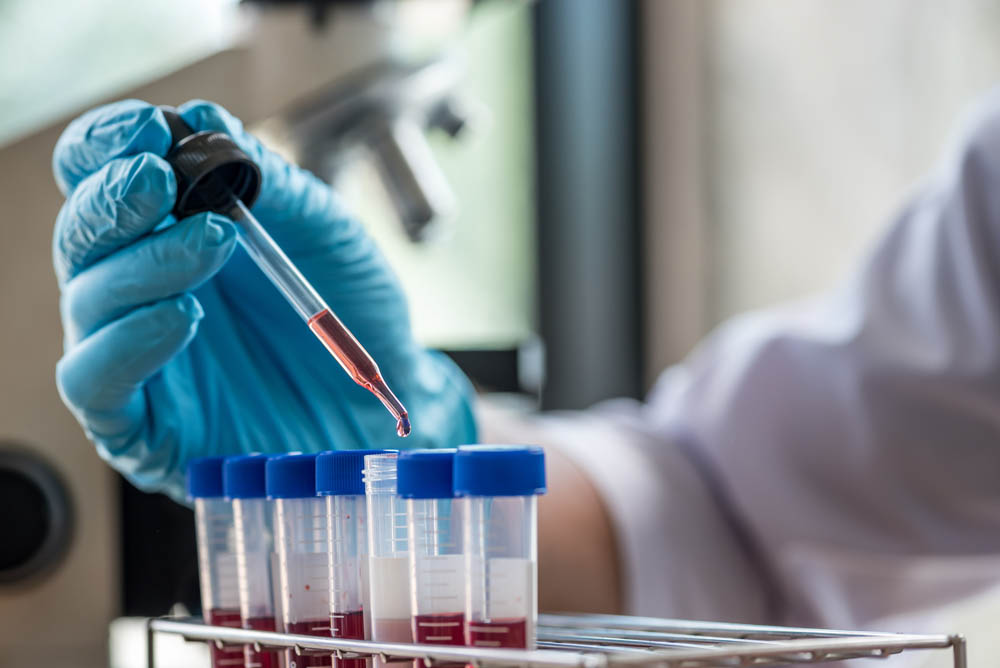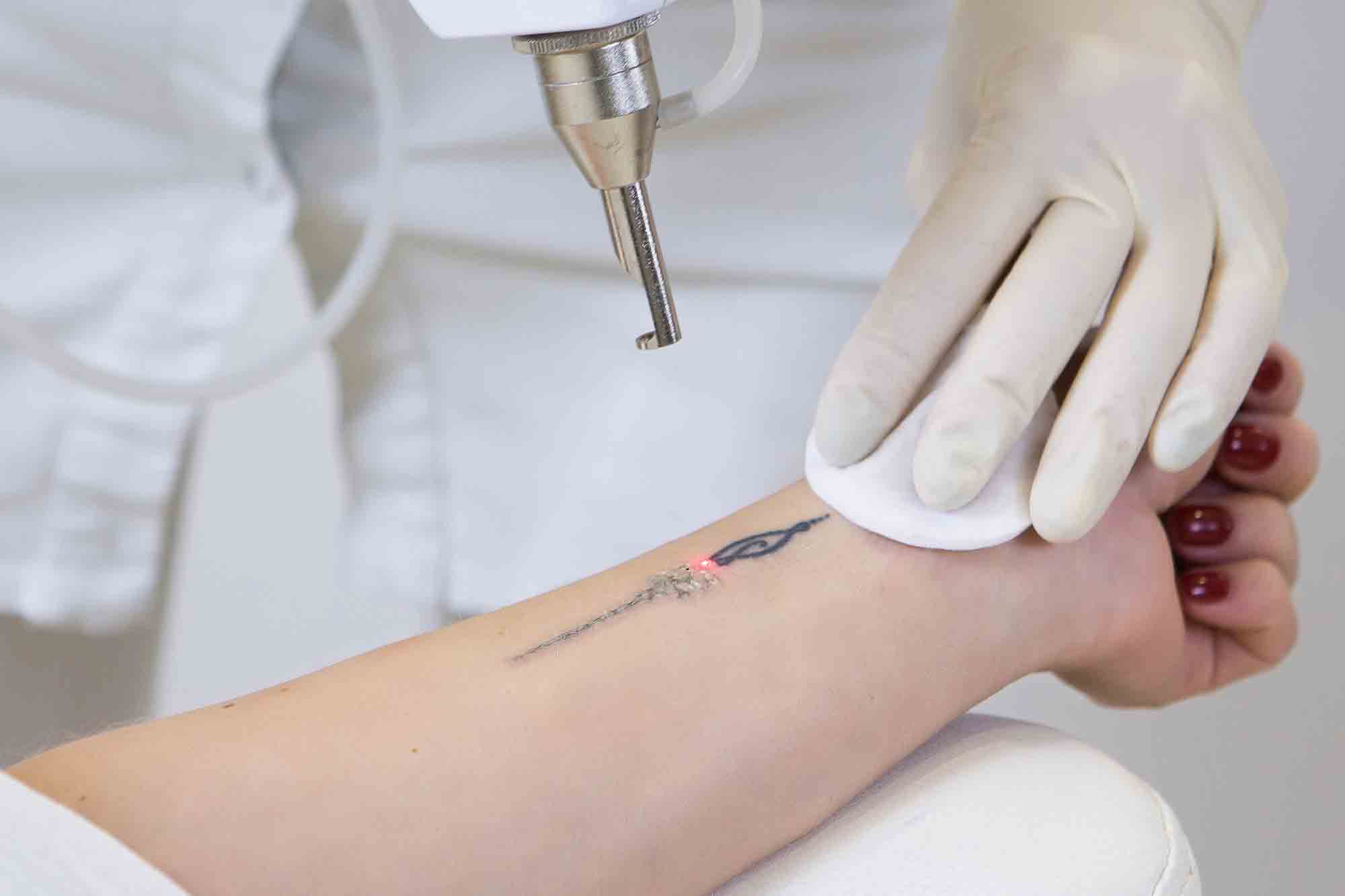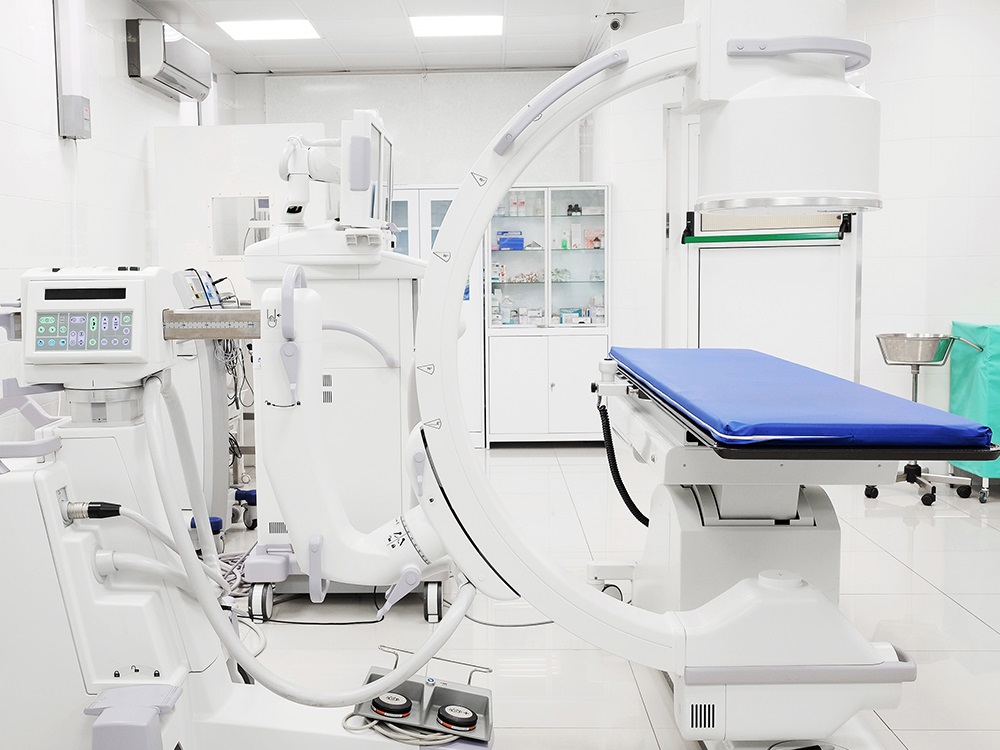Risk contact, new partner, pregnancy: we explain when to get tested for HIV.
HIV is mainly transmitted via body fluids. Blood, sperm, vaginal secretion and breast milk are the most infectious.
HIV risk situations therefore include:
- unprotected vaginal, anal or oral intercourse
- the common use of injection needles in drug use
- transfusion of HIV-infected blood or infected blood products
- an injury with HIV-contaminated instruments (e.g. needles, surgical instruments)
- Contact of mucous membrane or open wounds with infectious body fluids
If there is a possibility that you have come into contact with HIV, it is essential that you clarify your HIV status. Up to 24 hours after risk contact, HIV post-exposure prophylaxis also provides drugs that can prevent HIV infection if taken quickly.
With a new partner
If you want to do without condoms in the relationship without any further concerns, an HIV test or a test for other sexually transmitted diseases (e.g. hepatitis B) can bring safety.
After receiving unsafe blood products
If you have received blood transfusions or blood products whose safety was not guaranteed, you should have your HIV status assessed.
Due to appropriate safety precautions, the risk of contracting HIV through donated blood is minimal in Europe: it is 1 in 2.5 million. However, in other countries (e.g. former Soviet Union, Central Africa) this risk can be much higher. If you have an operation abroad that requires a blood transfusion, it is therefore essential that you inform yourself about the safety of the blood products.
Before a planned pregnancy
An HIV-infected pregnant woman can transmit the virus to the child, which is why the HIV status should be clarified by both partners before pregnancy. An HIV test is also included in the mother-child passport, i.e. for pregnant women who are already pregnant. If the mother is HIV-positive, the medicines and birth methods available today can usually prevent virus transmission to the child.
When there are signs of acute HIV infection
These include persistent fever, swollen lymph nodes, skin rash, diarrhea and ulcers in the mouth. These and other signs may appear a few days to weeks after HIV infection. Often, however, the infection is not diagnosed at this stage because these symptoms also occur in other conditions. Fever is the most common type of HIV infection: it occurs in more than 80 percent of those affected after infection.
Positive HIV test: what now?
The diagnosis HIV is at first a shock. Here you can find out which first steps you can take.
With highly active antiretroviral therapy (HAART), drugs are available today that can keep the virus in check for decades, especially if diagnosed early. However, the concern for one’s own health and future is accompanied by numerous questions – for example, who should be informed of the result and how HIV infection influences sexuality or family planning.
While some people immediately decide on a therapy in order to actively do something against the virus, other people need time to process the diagnosis.
Those who are HIV-positive should pay particular attention to their health. But being HIV positive also means having to take good care of other people, because you can pass on the virus.
Even if the therapy has lowered the virus concentration below the detection limit, infection may still occur. The consistent use of condoms during sexual intercourse is absolutely essential; both for one’s own protection – those who are HIV-positive are more easily infected with other sexually transmitted diseases – and for the protection of one’s partner.










